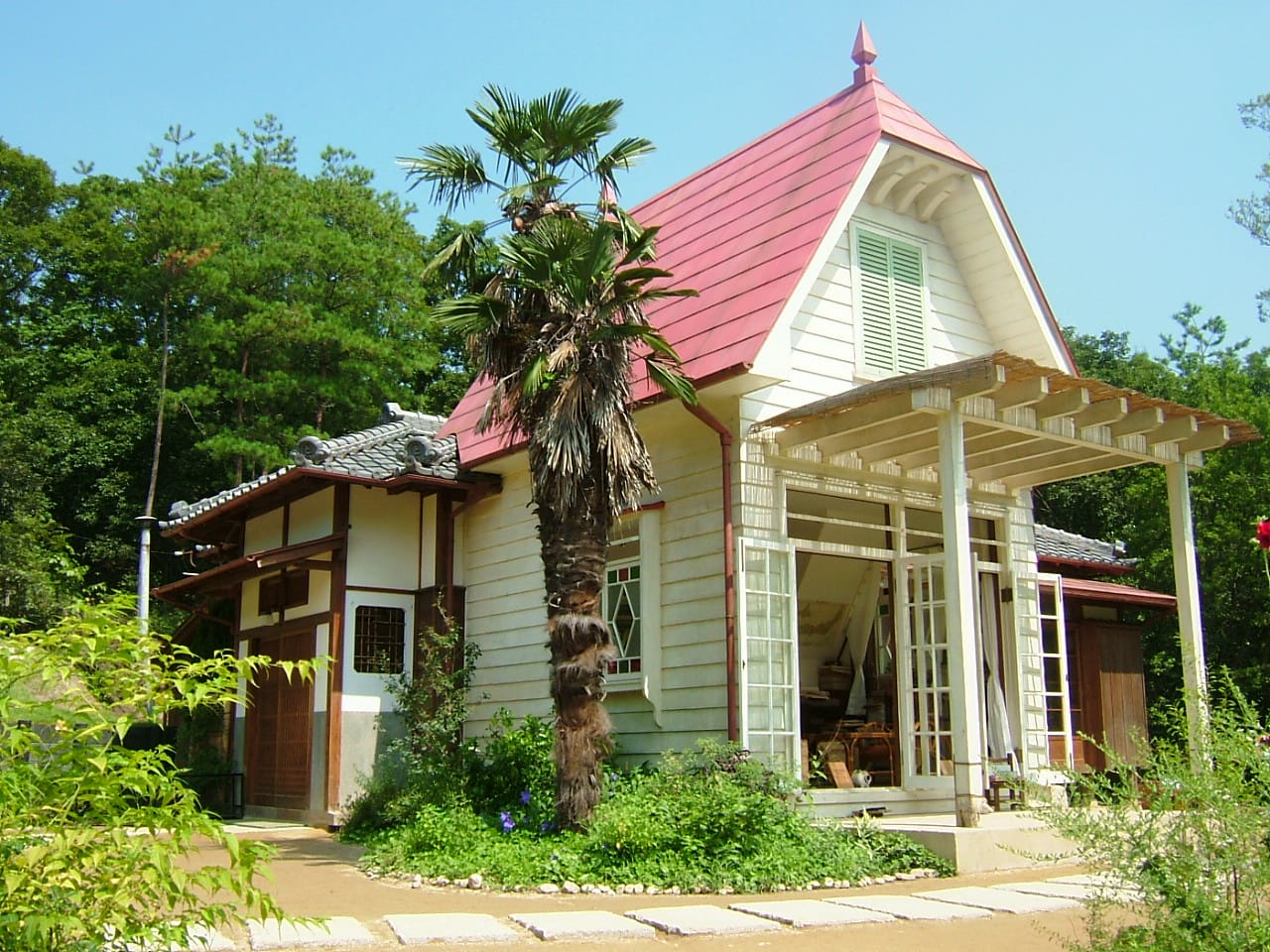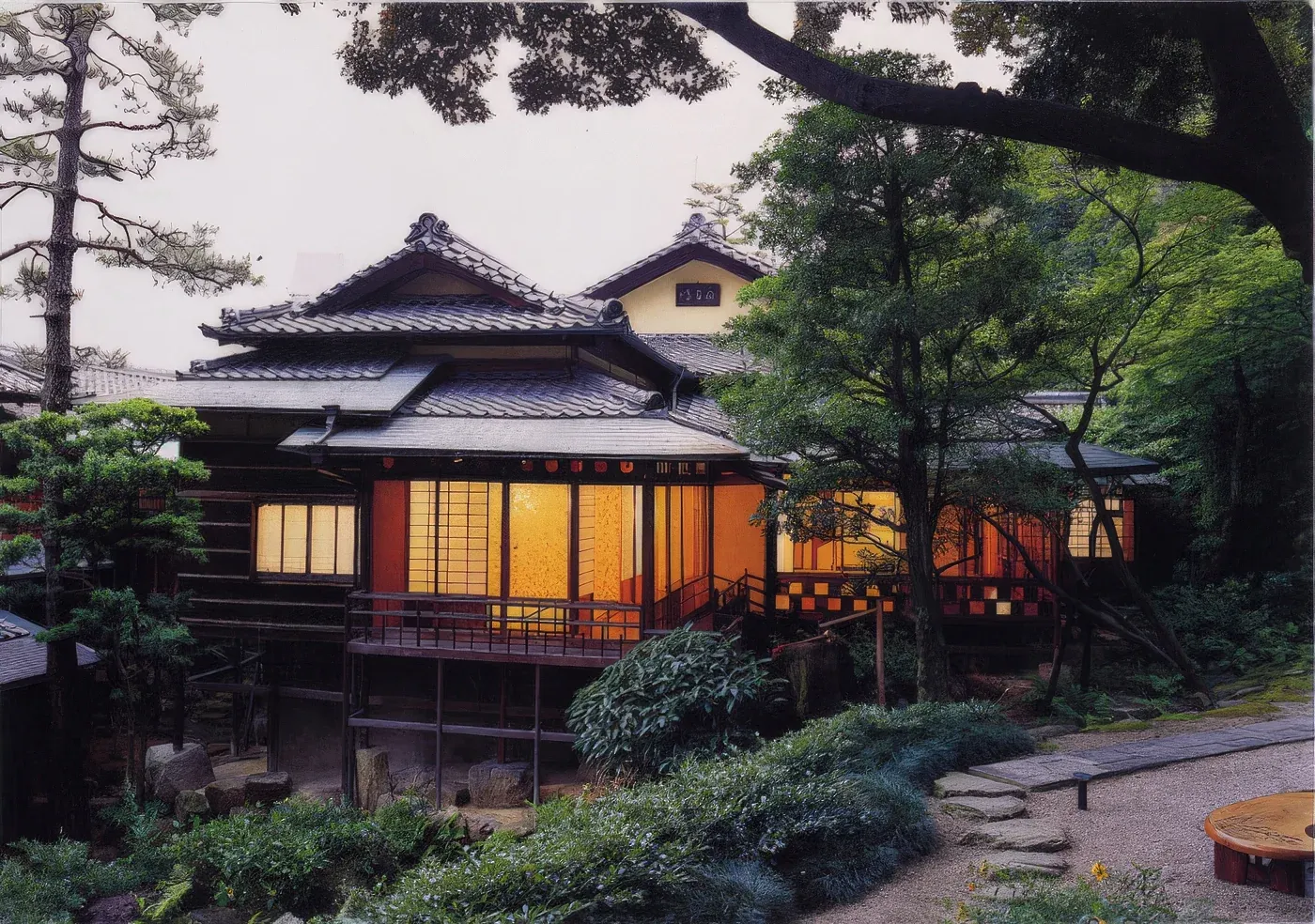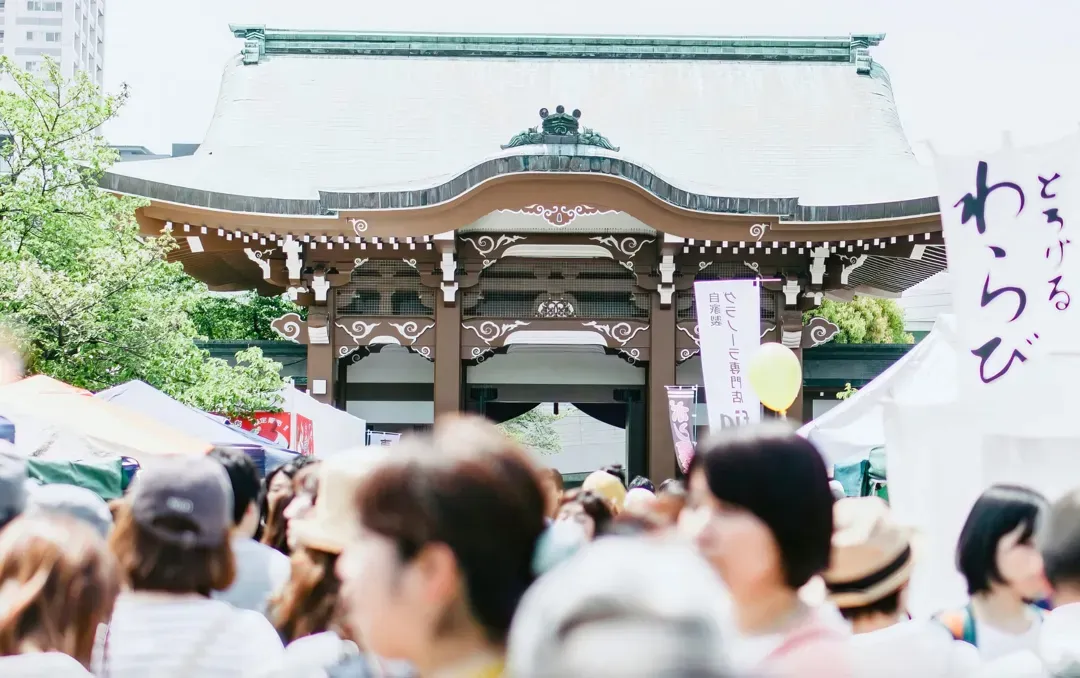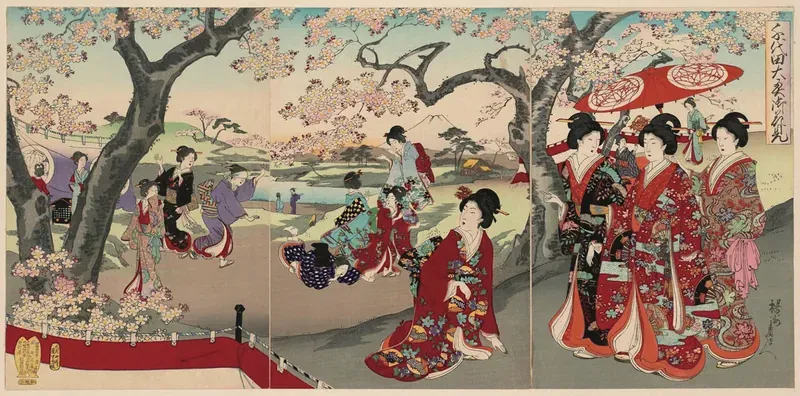Traveling East along the Higashiyama Line, you'll encounter the neighborhoods surrounding Shinsakae and Imaike. Though often considered grittier, these areas boast some of Nagoya's best ethnic dining experiences. Whether you crave Korean, Chinese, Vietnamese, or other Asian cuisines, you'll find an array of options here.
Continuing, you'll reach the central JR rail hub at Chikusa, which serves as a transit point to the Chuo Line, which connects Nagoya Station to cities and towns along the historic Nakasendo, one of Japan's ancient highways linking Edo (now Tokyo) and Kyoto.
The Chuo Line provides an excellent opportunity to explore central Japan, connecting to Saitama, Gunma, Nagano, Gifu, and Shiga prefectures.
Venturing deeper into what some foreigners affectionately dub the "East End," you'll discover Kakuozan, home to the charming Nitaji Temple, featuring a picturesque pagoda. Further east lies Motoyama, an upscale residential district boasting Heiwa Koen, one of Nagoya's most delightful parks. Motoyama also harbors a hidden gem, the impressive "Great Buddha" at Toganji Temple.
One stop from Motoyama is the Higashiyama Zoo, known for its extensive collection of non-native animal species and a great place to take the kids for an affordable day out.

Upon reaching Fujigaoka, the Higashiyama Line intersects with the Linimo, the world's first uncrewed commercial urban magnetically levitated train. This line provides convenient access to the remarkable automobile exhibits at the Toyota Automobile Museum and the eagerly anticipated Ghibli Park, a haven for enthusiasts of the famed Japanese animation studio.

Nagoya Buzz
Events, local info, and humor for the international community of Nagoya, Japan.
Follow Nagoya Buzz :










Leave a Comment